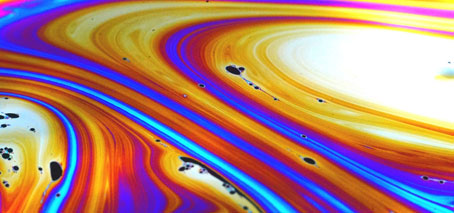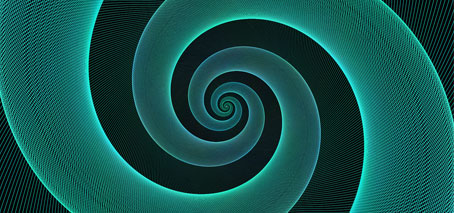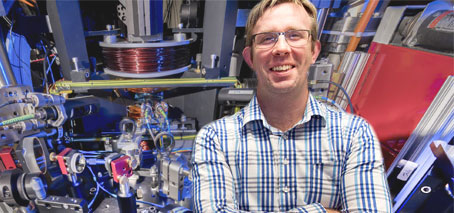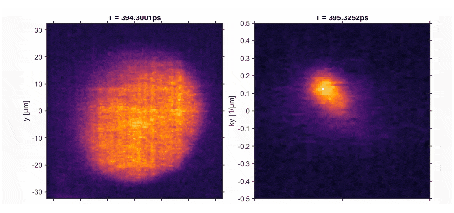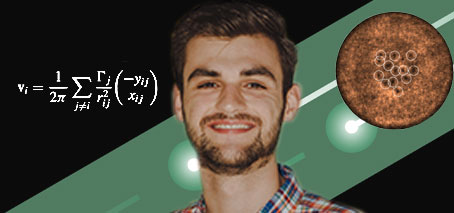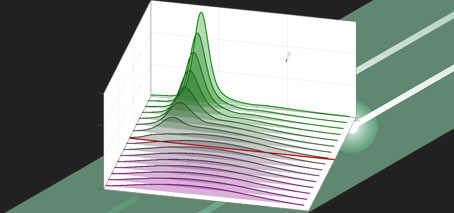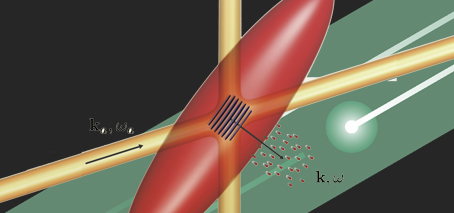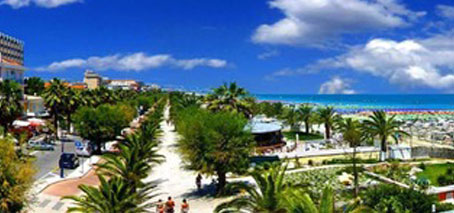Present your work at FINESS The FINESS workshop series aims to bring together a critical mass of theoretical and experimental expertise at the forefront of research in the fields of degenerate ultra-cold matter, polariton-exciton condensates, as well as strongly correlated and open quantum systems. The central aims of FINESS are: To seed the development of theoretical approaches for finite-temperature non-equilibrium …
Superfluid flow in channels
A superfluid transistor requires flow through a potentially disordered channel. This poster will provide an overview of research at UQ on the nonequilibrium flow of superfluids through two-dimensional channels. About the presenter CI Prof Matthew Davis makes use of the methods of reservoirs and open quantum systems to drive transitions between novel nonequilibrium states of matter, and his work focuses …
Observation of anisotropic superfluid density in an artificial crystal
Superfluid flow in channels
A superfluid transistor requires flow through a potentially disordered channel. This poster will provide an overview of research at UQ on the nonequilibrium flow of superfluids through two-dimensional channels. About the presenter Professor Matt Davis is a FLEET Chief Investigator at the University of Queensland. His research makes use of the methods of reservoirs and open quantum systems to drive …
Equatorial waves in rotating bubble-trapped superfluids
As the Earth rotates, the Coriolis force causes several oceanic and atmospheric waves to be trapped along the equator, including Kelvin, Yanai, Rossby, and Poincaré modes. It has been demonstrated that the mathematical origin of these waves is related to the nontrivial topology of the underlying hydrodynamic equations. Inspired by recent observations of Bose-Einstein condensation (BEC) in bubble-shaped traps in …
The Emergence of Superfluidity in Ultracold Fermi Gases
About the presenter Emma is a Women in FLEET Fellow and postdoctoral researcher in CI Matthew Davis‘ group, and also directly connects with research being conducted by CI Chris Vale. She is currently studying the dynamics of the emergence of superfluidity in ultracold Fermi gases.
Superfluids provide new insight into turbulence
First published at EQUS: the ARC Centre of Excellence for Engineered Quantum Systems Eddies in an exotic liquid known as a superfluid merge to form large vortices, analogous to how cyclones form in the turbulent atmosphere. The new research, by a team from The University of Queensland, EQUS and FLEET will be important for emerging technological applications of superfluidity, such …
Trapping vortices in thin superfluid films
Physicists at the University of Queensland have shed light upon how tiny whirlpools (vortices) get stuck to obstacles in superfluids. Superfluids are a quantum substance that can flow without viscosity and hence do not slow down due to friction. A second defining feature of superfluids is that they only support quantised rotation – the vortices can only spin with strength …
Superfluids of Light
Professor David Snoke, Distinguished Professor, Department of Physics and Astronomy, University of Pittsburgh Missed the talk? Catch up on youtube It is possible to engineer a system in which photons are “dressed” to have an effective mass and repulsive interactions. In this case, they obey the same equations as bosonic atoms and can undergo Bose-Einstein condensation, leading to superfluidity. In …
Switching on a superfluid
Exotic phase transitions unlock pathways to future, superfluid-based technologies. We can learn a lot by studying microscopic and macroscopic changes in a material as it crosses from one phase to another, for example from ice to water to steam. But while these phase transitions are well understood in the case of water, much less is known about the dynamics when …
Honours Project: Is dark matter superfluid light
There are numerous observations shedding light on the properties of dark matter, however its decomposition is unknown. Based on its known properties, we examine whether dark matter can be superfluid light. Our speculation is motivated by the recent observations of Bose-Einstein condensation of photons [1] and by the successes of the bosonic star dark matter models [2]. In this project, …
Honours Project: Excitonic superfluidity in electron-hole bilayers
Superconductivity and superfluidity are macroscopic quantum phenomena that are observed at low temperatures. Bringing them to room temperatures is the Holy Grail in physics. One prospective system is a double layered semiconductor structure with spatially separated electrons and holes (holes are empty electronic states that can be treated as particles with positive charges). Attractive Coulomb interactions can bind them to …
Sloshing quantum fluids of light and matter to probe superfluidity
The ‘sloshing’ of a quantum fluid comprised of light and matter reveals superfluid properties. An Australian-led team of physicists have successfully created sloshing quantum liquids in a ‘bucket’ formed by containment lasers. “These quantum fluids are expected to be as wavy as the oceans, but catching clear pictures of the waves is an experimental challenge,” says lead author Dr Eliezer …
United States – Australia Transpacific Colloquium: Kris Helmerson – Evolution of large-scale flow from turbulence in a two-dimensional superfluid
Miss the talk? Catch up online! Register for future talks now. A collaboration between FLEET and our partner, Joint Quantum Institute at the University of Maryland, this United States – Australia Transpacific Colloquium will present novel developments in condensed matter and cold atomic physics. It aims to enrich connections between the physics communities. Everyone is welcome to join! For more …
Vortex top-hats emerge in superfluids
An Australian-led study has provided new insight into the behaviour of rotating superfluids. A defining feature of superfluids is that they exhibit quantised vortices – they can only rotate with one, or two, or another integer amount of rotation. Despite this key difference from classical fluids, where vortices can spin with any strength, many features of the collective dynamics of …
Seeking the sounds of superfluids at Swinburne
A Swinburne University of Technology study published this week examines the propagation of energy as sound waves in a quantum gas, revealing for the first time strong variations in the nature of the sound wave as a function of temperature. At low energies, this energy travels via the collective movement of many particles moving in sync – essentially, as sound …
Three-dimensional electron-hole superfluidity in a superlattice close to room temperature
Prof. David Neilson, University of Antwerp Although there is strong theoretical and experimental evidence for electron-hole superfluidity in separated sheets of electrons and holes at low T, extending superfluidity to high T is limited by strong 2D fluctuations and Berezinskii-Kosterlitz-Thouless topological effects. We show this limitation can be overcome using a superlattice of alternating electron-doped and hole-doped semiconductor monolayers. The superfluid transition in a …
Quantitative acoustic models for superfluid circuits
One of the goals of FLEET is to develop transistor technology using superfluid circuits. In collaboration with the ARC Centre of Excellence for Engineered Quantum Systems, we experimentally realize a highly-tunable superfluid oscillator circuit in a quantum gas of ultracold atoms, and develop and verify a simple lumped-element description of this circuit. At low oscillator currents, we demonstrate that …
Ultra-cold lithium atoms shed light on pair formation in superfluids, helping identify best theories
• Abrupt onset of pairing points to best theories for describing ultra-cold ‘Fermi gases’ • Implications for understanding of superconductors, superfluids in future ultra low-energy electronic systems A FLEET/Swinburne study released this week resolves a long-standing debate about what happens at the microscopic level when matter transitions into a superconducting or superfluid state. Correlations between pairs of atoms in an …
Exciton superfluids
Swinburne: Floquet topological superfluidity in a 2D Fermi gas
Supervisor: Chris Vale, Paul Dyke The aim of this project is to study Floquet topological superfluidity using 2D gases of lithium-6 atoms in the vicinity of a p-wave Feshbach resonance. Experiments to date have found that gases prepared near a p-wave resonance become unstable due to inelastic losses. Recent theoretical work has identified a potential way to overcome these losses …
Swinburne: Topological superfluidity in ultracold atomic gases
Supervisor: Chris Vale, Sascha Hoinka, Carlos Kuhn The aim of this project is to produce a topological superfluid using a gas of ultracold dysprosium atoms in a quantum gas microscope. Dysprosium, with its long-range and anisotropic dipolar interactions, may provide new pathways for creating unconventional superfluids, with non-trivial topology. This project will involve working on a new experiment, currently being …
Research in Exciton Superfluids
FLEET researchers undertake various research projects in the area of Exciton Superfluids. If you have a project that would fit this theme, find information about a potential supervisor here: A/PROF. MEERA PARISH Theory of strongly correlated phenomena in ultracold atomic gases and electron systems Superconductivity and superfluidity Lowdimensional systems Magnetotransport A/PROF. QIAOLIANG BAO Atomically thin optical materials (graphene, 2D transition …
Swinburne: Floquet topological superfluidity
Application closes 10 July 2017. We invite an enthusiastic and professional fellow who will design and conduct experimental studies of dissipationless transport and non-equilibrium phenomena in ultra-cold gases of fermionic atoms. This work will contribute towards the broader understanding of the capabilities of topological matter for use in future electronics technologies. This Level A Academic position will be supervised by A/Prof. …
Exciton superfluids
FLEET News
FLEET News in June 2024 includes FLEET landing event, stay in touch: Friends of FLEET, upcoming conferences and more. You can sign up for FLEET news here. Catch up on previous versions of the FLEET newsletter below. May 2024 includes FLEET landing event, the new legacy Centre website, dynamic surfaces at RMIT, internship report from ANSTO and quantum sensing funding. …
Dark excitons shed new light on matter
A team of Monash researchers have uncovered for the first time the full effects of interactions between exciton-polaritons and their associated dark excitonic reservoir. Exciton-polaritons (‘polaritons’, for short) are hybrid mixtures of light and matter that inherit the best properties of both. They form in semiconductors sandwiched between two mirrors, through which a laser is shone. “Polaritons capture useful properties …
Advancing Aus-Europe exciton physics links
The FLEET-EU 2023 Conference : Transport in exciton condensates and exciton insulators took place on September 11, 2023 in San Benedetto del Tronto, the art-deco resort town known as the Riviera of the Palms situated on the Italian Adriatic coast. The conference was jointly organised by University of Camerino (Italy), University of Antwerp (Belgium), and FLEET, and covered a range …
Progress on the Australian Quantum Gas Microscope
About the presenter Dr Sascha Hoinka is an ARC DECRA Fellow in Prof Chris Vale’s group at Swinburne University of Technology, where he experimentally studies one-dimensional quantum wires of Fermi atoms. Within FLEET, Dr Hoinka has taken a lead role in designing and constructing Australia’s first quantum-gas microscope – a multi-institution facility hosted at Swinburne. Intended to be accessible by …
Trion resonance in polariton-electron scattering
Strong interactions between charges and light-matter coupled quasiparticles offer an intriguing prospect with applications from optoelectronics to light-induced superconductivity. Here, we investigate how the interactions between electrons and exciton-polaritons in a two-dimensional semiconductor microcavity can be resonantly enhanced due to a strong coupling to a trion, i.e., an electron-exciton bound state. We develop a microscopic theory that uses a strongly …


